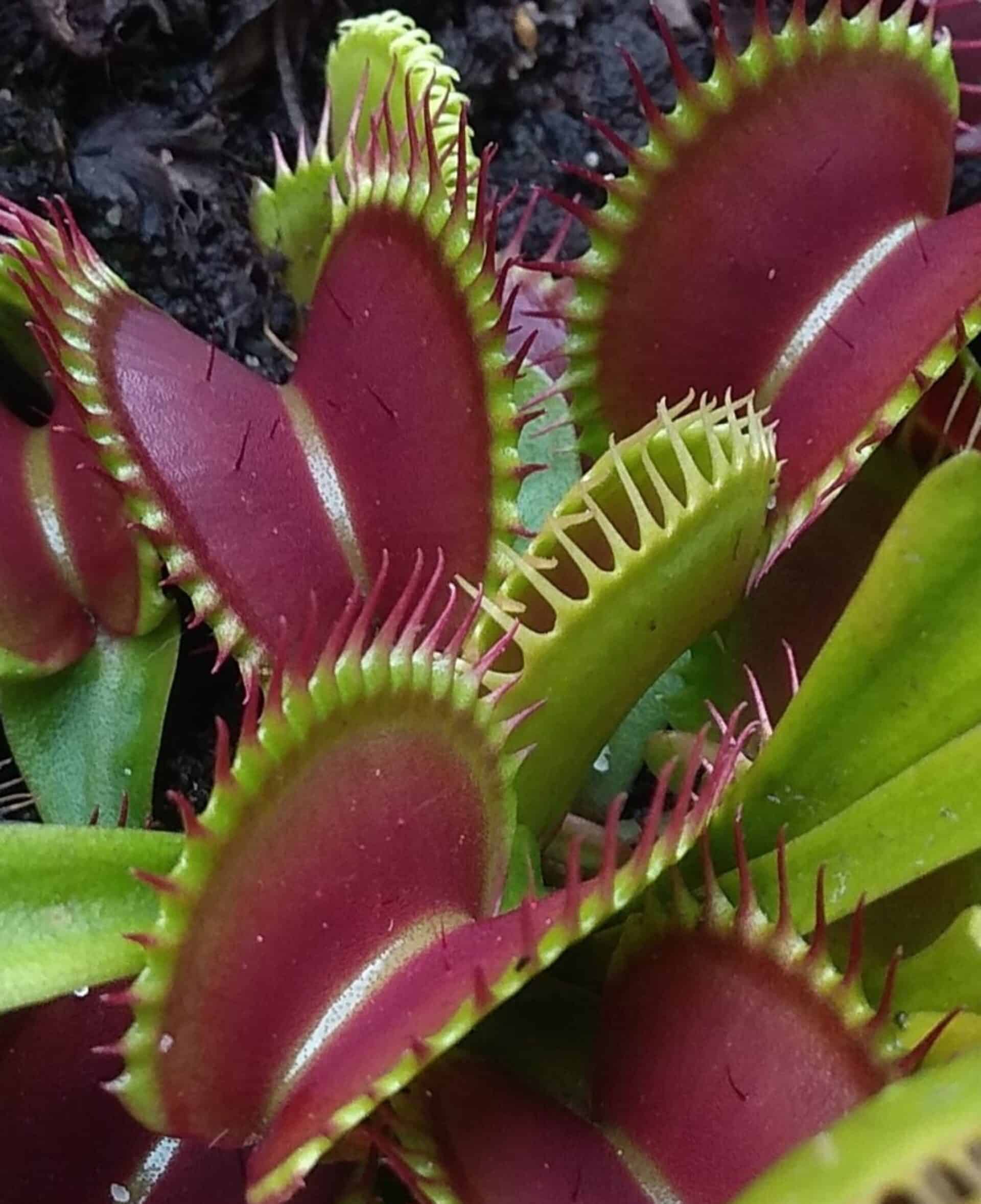Seed stratification
Seed stratification can sometimes be a challenge because seeds of certain types of carnivorous plants must undergo stratification to initiate germination. Stratification mimics natural conditions, helping to time germination appropriately for the right season.
Most seeds of carnivorous plants found in tropical and subtropical regions do not require stratification. These include species like Utricularia (bladderworts), Heliamphora, Nepenthes (pitcher plants), Cephalotus follicularis (Australian pitcher plants), subtropical, pygmy, and rainforest Drosera (sundews), Mexican and butterworts with uniform rosette leaves Pinguicula (butterworts).
Cold seed stratification
Cold stratification is the most common method used for seeds. This type of stratification is carried out for seeds from plants that grow in temperate zones and undergo winter conditions. The mechanism ensures that seeds do not begin germination in autumn but wait until spring. Cold stratification is necessary for species such as Dionaea muscipula (Venus flytrap), Sarracenia (pitcher plants), temperate Drosera (sundews), and temperate Pinguicula (butterworts). Fresh seeds sometimes germinate well without this preparation (especially Venus flytrap), but generally, seeds that haven’t undergone cold stratification germinate slowly over the year or might not germinate at all.
Cold seed stratification methods
Stratification in the refrigerator
The first, straightforward method involves placing seeds on a moist paper towel, sealing them in a zip-lock bag, and putting the bag in the refrigerator. The seeds must not dry out during stratification, and the closed zip-lock bag ensures a stable environment without drying. Leave the seeds in the refrigerator for 1-2 months (depending on the species), then sow them on the surface of the substrate. This method is better suited for larger seeds. Smaller seeds may be difficult to handle and transfer from the moist paper towel to the substrate.
The second method involves sowing the seeds onto a moist substrate (e.g., in a pot). The pot with the substrate and seeds is then placed in the refrigerator for the required duration. Unlike the previous method, this approach carries the risk of mold formation. It’s essential to ensure the substrate does not dry out during this period. This method is suitable for very small seeds, as after stratification, the pot can simply be moved to the desired location without needing to transfer the seeds.
Natural stratification outdoors
Stratification can also be done naturally. Seeds are sown onto a substrate in a pot or bog garden and left outdoors for nature to take care of the stratification process. The seeds remain outside throughout the winter, and when the time is right, they will begin to germinate. The substrate must always be kept moist.
Heat seed stratification
This type of stratification is necessary for seeds of plants that naturally endure fires in their habitats. Fires destroy surrounding vegetation, prompting the seeds to germinate and take advantage of the newly available space. These plants are predominantly from Australia and, to a lesser extent, Africa. Examples include Byblis and tuberous Drosera (sundews). Unlike seeds of wintering species, these seeds are less willing to germinate and, without preparation, most of them will not sprout (except for the easiest-to-cultivate species such as Drosera peltata).
Heat seed stratification methods
Natural stratification
This is a risky method that involves igniting flammable material on the surface of the substrate. Dry leaves, branches, or straw are good options for this. The seeds must not come into direct contact with the fire, as they would burn. Afterwards, it is recommended to pour water over the pot from above to allow the combustion products to seep into the substrate.
Watering with extract from burnt material
This method is less dangerous, though it comes with a higher risk of failure. Flammable material is burned away from the seeds, and the seeds are then watered with the resulting extract. Another alternative is to create a „fire“ in a closed container away from the substrate. The goal is for the smoke to come into contact with the seeds without actually igniting them.
„Seed stratification“ with Gibberellic Acid (GA3)
This form of „stratification“ can be used for any seeds that need encouragement to germinate. It can serve as a substitute for cold stratification or, more commonly, heat stratification, providing a simpler method (as few would voluntarily set a pot with seeds on fire). Gibberellic acid can also stimulate difficult-to-germinate seeds, such as pygmy Drosera (sundews), Roridula, Drosophyllum, and certain Pinguicula (bladderworts).
GA3 is typically available in powder form, which is dissolved in at least 70% alcohol and then diluted with distilled or deionized water to the desired concentration. An alternative is pre-soaked paper strips, which can be steeped in water.
Seeds are soaked in the solution for 24 hours before being sown onto the substrate.
Values table by species can help guide exact concentrations and durations based on seed type.
| Final concentration | Amount of GA3 | Amount of water | Species |
| 1000 ppm | 10 mg | 10 ml | Byblis |
| 500 ppm | 10 mg | 20 ml | Rodidula, tuberous Drosera |
| 250 ppm | 10 mg | 40 ml | Most sundews |
| 100 ppm | 10 mg | 100 ml | Genlisea, Utricularia, Pinguicula |
Heat stratification and the use of gibberellic acid (GA3) require extra caution. GA3 is a chemical substance that can be harmful if ingested, and in the case of heat stratification, no one wants to accidentally set their home on fire.

